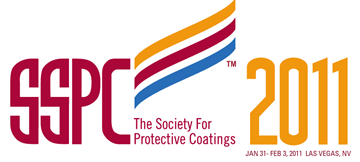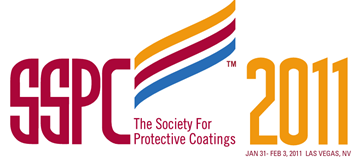Search
Products tagged with 'surface preparation'
View as
Sort by
Display
per page
Thick Film Coatings Applications - Specialty Applications
Product Number:
41209-466-SG
Publication Date:
2009
$20.00
TM0212-2018-SG Detection, Testing, and Evaluation of Microbiologically Influenced Corrosion on Internal Surfaces of Pipelines
Product Number:
21260-SG
ISBN:
1-57590-255-9
Publication Date:
2018
$109.00
Transmission Tower and Pole Painting - A Challenge for All Involved
Product Number:
51217-047-SG
Publication Date:
2017
$20.00
UHP Waterjetting – the Oldest - New Method for Surface Preparation
Product Number:
51220-233-SG
Publication Date:
2020
$20.00
Ultra High Pressure Waterjetting as a Means of Surface Preperation for Marine Coatings Systems
Product Number:
41206-218-SG
Publication Date:
2006
$20.00
Understanding the True Meaning of Green for the Wastewater Industry
Product Number:
41211-588-SG
Publication Date:
2011
$20.00
Unique Application of an Epoxy Repair Gel to Eliminate Draft Tube Surface Wear and Cavitation, potentially Improving Turbine Power Generation Efficiency
Product Number:
41216-976-SG
Publication Date:
2016
$20.00
Unique Design and Award Selection Process (The re-painting of a 54-story building)
Product Number:
41211-648-SG
Publication Date:
2011
$20.00
Using Lead Abatement Contractors for Surface Preparation on Commercial Properties - The Consequences of Sacrificing Quality for Safety
Product Number:
51216-012-SG
Publication Date:
2016
$20.00
Wet Abrasive Blasting: the Future of Surface Preparation and the Effects it has on Steel
Product Number:
51220-232-SG
Publication Date:
2020
$20.00












